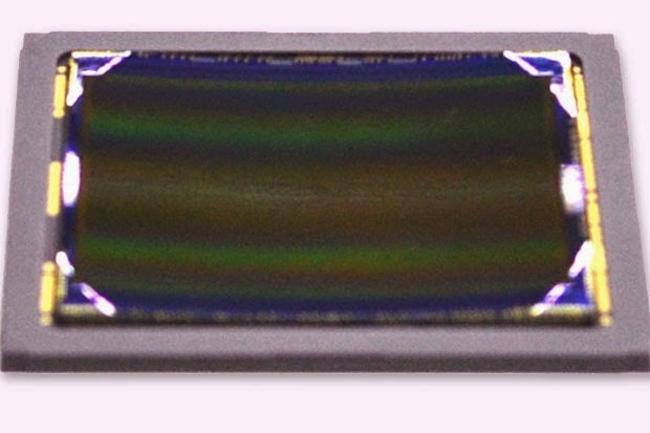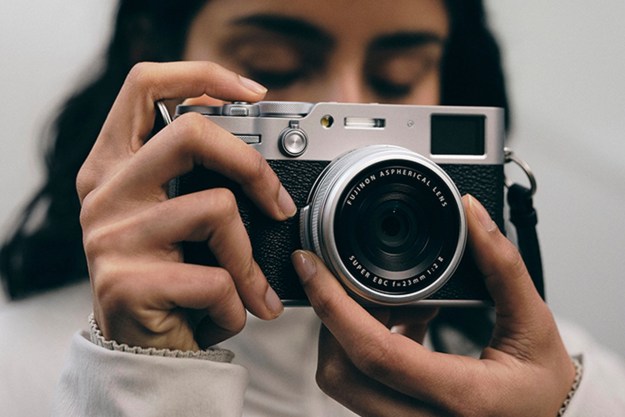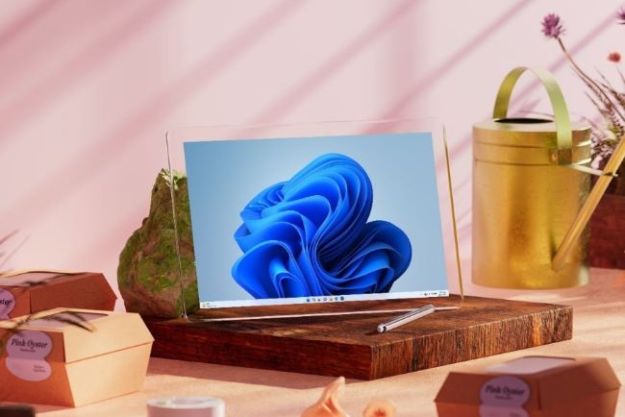
Sony has been experimenting with curved sensors for a while now, and now it seems the company is close to implementing their new technology in actual devices. During a recent presentation at a symposium in Hawaii, Sony showed off two different curved sensors, one for a full-frame 35mm digital camera, and a smaller one that could go into compact cameras or smartphones. But why should we even care about the shape of a sensor? Quite simply, because Sony’s curved sensors could mean a giant leap forward in image quality, especially for smaller devices such as smartphones.
To understand why a curved sensor provides benefits to image quality, we need to take a look at how light behaves when being bundled by a lens. Rays of light emerging from a single point usually travel in many directions. The lens in front of a recording medium – be it film or a digital sensor – bundles these rays, so that a single point in “reality” corresponds to a single point in the resulting image. Now when a multitude of light rays from multiple points travel through a lens, what we would want is for all of them to be bundled not in one point, but on the same surface, the “focal plane,” which coincides with our recording medium.
That, however, is a difficult task, and usually the so-called focal plane is all but plane (or flat), with light hitting the lens from various angles forming its focal points at various distances in front of or behind the recording medium (this is called “field curvature”), causing parts of the image – usually the edges and corners – to appear blurred. In order to create an even focal plane that coincides with the camera’s sensor, lenses have to be designed with very complex optical constructions, including rare types of glass and special surfaces that help bend the light in a most favorable way, to achieve great sharpness all across the image. This is one reason why some lenses are so large, heavy, and expensive.
Now, let’s take a look at how the human eye works. It contains a single lens which projects incoming light onto the retina, the eye’s “sensor.” The retina has a highly convex (inward curved) shape, which coincides with the area onto which the lens projects the focus points of the light rays that it bundles. An eye is thus the most simple and most effective way of recording an image without having to resort to complex optical constructions.
Another problem with flat sensors is the fact that light rays hitting the sensor at very flat angles – for example, when using a wide-angle lens – don’t always make it all the way through to the photosites (tiny diodes on the sensor that captures the light) at the very edges of the sensor. This causes, among other things, the so-called vignetting effect, which is a darkening of the image in the corners.

A curved sensor would help to eliminate two problems that flat recording mediums cause. For one, it eliminates or at least reduces vignetting, because the angle at which it gets hit by incoming light is less flat in the corners due to the convex shape of the sensor, and the light can thus be better absorbed by the pixels that are located there. And secondly, with a curved sensor, the lens no longer needs a complex optical formula that helps shape the focal plane into an even surface. Instead, a simple lens design that causes a curved focal plane will still deliver sharp images.
There’s also another benefit to curved sensors. According to this report by IEEE, the curved sensor exhibits greater sensitivity combined with lower image noise, which means that overall brighter images can be achieved with less light than would be needed with a regular sensor. Also, lenses can use larger apertures (usually the source of the so-called field curvature, which is eliminated when the aperture is closed down), allowing for even more light to hit the sensor.
This technology is interesting for both larger and smaller imaging devices. In cameras such as Sony’s RX1, which sports a large full-frame sensor, it would mean a smaller, lighter package with equal or better image quality, and a lower price because the lens doesn’t need as much glass or as complex of an optical design. In compact cameras and smartphones, the curved sensor technology allows for even smaller lens-plus-sensor modules with even better image quality than what is currently available on the market.
According to the same IEEE report mentioned above, Sony has so far created about 100 sensors with its new sensor-bending machine (it demonstrated two at the symposium with one that’s designed for smartphones). The company also claims that it is “ready,” which means that we can expect curved sensors to appear in actual products very soon. How soon that is, remains to be seen – after all, this is a new technology that has to be thoroughly tested before it can make its way into mass production. But once it does, we can expect a significant leap forward in image quality in digital cameras.
(Via Image Sensors World)


